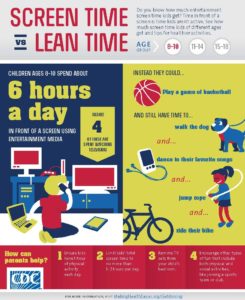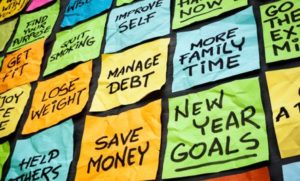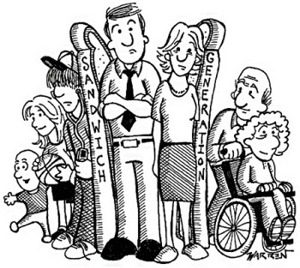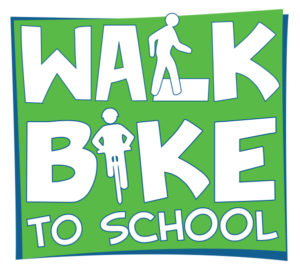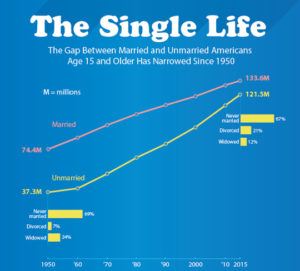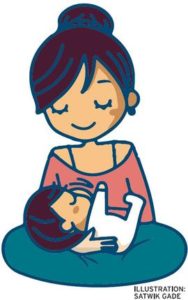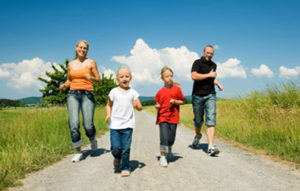Buddhism’s first root touched earth in India, the peaceful teachings of Buddha Shakyamuni which emphasized healthy living and harmony in community, has traveled across the globe reaching us here in the west by Zen masters such as Thich Nhat Hanh, Bishop Yemyo Imamura and spiritual leader the Dalai Lama. Many of you may have heard of these Buddhist teachers at some point. Let us have a look at Thich Nhat Hanh, Thich Nhat Hanh also called Thay or teacher, is a buddhist monk from Vietnam, global and spiritual teacher, and peace activist. Thich Nhat Hanh became friends with Martin Luther King Jr in 1966, although their friendship was cut short by the assassination of Martin Luther King in 1968, they achieved a lot in a short time. During that brief friendship the two worked together in building and promoting peace and equity, and the result of their selfless hard work has greatly shaped our society, culture, and world today in their vision. Sadly, Thay (Thich Nhat Hanh) died on Jan 22, 2022, however his message of peace, non violence and love still touches our hearts.
Check out Martin Luther Kings ” I have a dream” at: https://www.marshall.edu/onemarshallu/i-have-a-dream/
Buddhism’s Introduction to the USA
Buddhism was brought to the United States by Asian immigrants in the 19th century, during a time when many immigrants from East Asia began to arrive in the New World. Immigrants from China came around 1820, and arrived in large numbers pursuing the California Gold Rush in 1849. Buddhist congregations in North America are quite diverse. The United States is home to Sri Lankan Buddhists, Chinese Buddhists, Japanese Buddhists, Korean Buddhists, Thai Buddhists, Cambodian Buddhists, Vietnamese Buddhists and Buddhists with a family background in Buddhist countries. In 1965 the Immigration Act also increased the number of immigrants arriving from China, Vietnam and Theravada practicing countries of Southeast Asia.
Today the United States has become a melting pot of diversity. The lines of what defines American culture can sometimes seem blurry. Many ethnic communities seek spiritual healing and peace at temples, or from shamans or elders. The beauty of this practice is that also, in a way, they are keeping alive an ancient tradition that the ancestors have practiced and kept alive for use today, an ancient and global key that unlocks the potential in all of us regardless of culture or identity, and yet also gives us the strength and cultural comfort that many of us may need as BIPOC AAPI people. Immigrants who recently moved to the U.S, or even those who have been here for a while can find peaceful refuge in their spiritual communities, and this helps in eliminating acculturative stress and depression. As a black bicultural Buddhist and musician trained in Chinese classical music, I have also found refuge and peace at our local Buddhist temples.
My Journey With Buddhism
My journey with buddhism began at the age of 16. I used to play the Guzheng ( Chinese plucked musical instrument) at the Mall of America (MOA) for the Passage to China event. One time out of the year the Mall would be decked out in gold and red, Chinese lanterns hanging above the rotunda and traditional Chinese opera could be heard as one enjoyed the festivities. There were many performers, lots of traditional arts and crafts, and delicious moon cakes, then before I knew it, the MC spoke over the microphone, “Now introducing Jarrelle Barton!”. After I had finished my performance the audience cheered, and I thought to myself ” Yes!, not too many missed strings!”. Of course I ended my grand New Year performance with a big and humble bow, carefully moved my guzheng to clear the stage for the next amazing talent. As I was sitting there people would come up to ask questions about the instrument, or to say ” AMAZING PERFORMANCE”, but one person who truly stood out, and whom I will never forget was the one who said, ” I see the buddha in you”. I thought wow, I knew who the Buddha was but didnt know much about him, so what did I do?, I went home and studied all about the Buddha. Gradually the more I studied, the more I became interested in this Buddha and his teachings and began to read Sutras or buddhist scriptures. I was amazed at the level of peace the Buddha had attained and I wanted to attain that peace as well, so then I became a buddhist. Usually one becomes buddhist by going to a temple or monastery and receiving the triple gem, however at that time I wasn’t aware that there were temples, monastics and buddhist communities actually practicing, and practicing right here in Minnesota of all places. I started to become like a part of Limei’s family, who’s home was adorned with Buddha statues, scrolls and a huge altar in the living room. She would critique every error I made while writing Chinese calligraphy, speaking Chinese, or wrapping Jiaozi, Limei taught me buddhist chanting, meditation and how to give offerings at the altar. I began to learn so much more about the actual practice of Buddhism and it has helped me on my journey in becoming who I am today. Whenever I was sad or depressed I would listen to Thich Nhat Hanhs words and those words helped to lift my mood and return my mind to balance.
May the sound of this bell penetrate deep into the cosmos
Thich Nhat Hanh
Even in the darkest spots
Living beings are able to hear it clearly
So that all suffering in them cease
Understanding comes to their heart
And they transcend the path of sorrow and death.
The universal dharma door is already open
The sound of the rising tide is heard clearly
The miracle happens
A beautiful child appears in the heart of a lotus flower
One single drop of this compassionate water
Is enough to bring back the refreshing spring to our mountains and rivers.
Listening to the bell
I feel the afflictions in me begin to dissolve
My mind calm
My body relax
A smile is born on my lips
Following the sound of the bell
My breath brings me back to the safe island of mindfulness
In the garden of my heart
The flowers of peace bloom beautifully.
Bicultural Mission
There is certainly no doubt that we all want to live in a safe and peaceful world. However for this to happen we must ALL take action and put forth the effort and hard work in building a fair and culturally accepting peaceful world, peace starts with YOU. We must be able to express ourselves freely without fear, we must learn to live in harmony with our own selves first and then with others, we must also learn to accept differences. Creating for yourself a bicultural worldview is the greatest blessing you can offer to yourself and to the world. I cant help but be moved to tears each time I read and contemplate on Thich Nhat Hanhs teachings and poems, his vision is also the vision of many BIPOC AAPI people.
We BIPOC AAPI people must constantly endure the weight of white supremacy, It may be difficult for BIPOC AAPI youth to feel they ( Fit In) in school or with their peers. Sometimes they may even experience discrimination for being different as well. BIPOC AAPI people must use our differences as our strengths to fight discrimination, use our bicultural lifestyles to sever the strings of deep rooted white supremacy by educating others about our multicultural lifestyle practices, and inspire others to learn our languages and our traditional arts. Educating people is the only way to keep the wheel of peace turning.
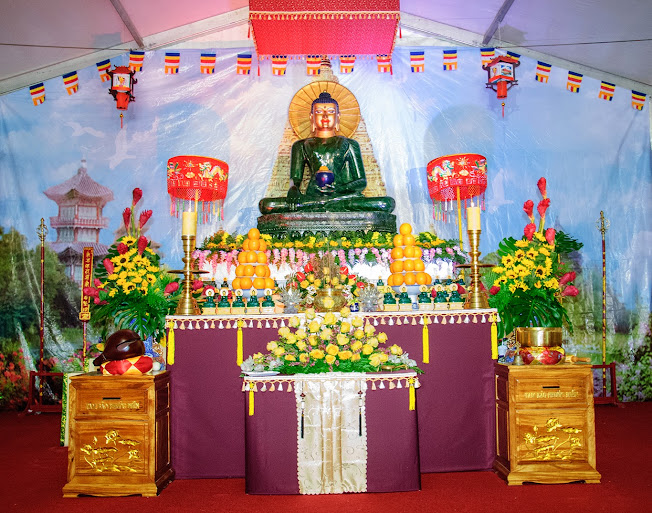
References : https://en.wikipedia.org/wiki/Buddhism_in_the_United_States
https://plumvillage.org/library/chants/the-great-bell-chant/

